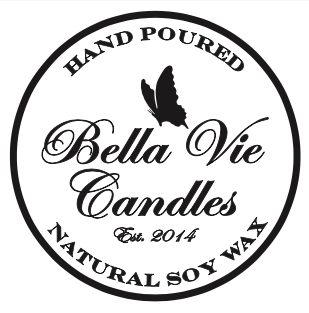Candles have been illuminating the celebrations of humans for more than 5,000 years. The first candles were developed by the Egyptians who used the pithy core of reeds soaked in animal fat.
Historians have found evidence that many other early civilizations developed wicked candles using wax made from available plants and insects. Romans are generally credited with developing the first wicked candle by dipping rolled papyrus in melted tallow or beeswax. Chinese candles at this time are said to have been molded in paper tubes, using wax made from indigenous insects and seeds while rolled rice paper was used for the wick. In Japan, candles were made of wax extracted from tree nuts, while in India, wax was made by boiling cinnamon tree fruit.
In the Middle Ages candle making underwent significant progress. Most Medieval Western cultures relied primarily on candles rendered from animal fat. A major improvement came in the Middle Ages, when beeswax candles were introduced to Europe. Unlike animal-based tallow, beeswax burned cleanly, without producing a smoky flame. It also emitted a pleasant sweet smell rather than the foul, acrid odor of tallow. Beeswax candles were widely used for church ceremonies, but because they were expensive, few individuals other than the wealthy could afford to burn them at home. The making of candles became a guild craft by the 13th century. The candlemakers (chandlers) went from house to house, making candles from kitchen fats saved for this purpose, or made and sold their own candles from small candle shops.
From 1700s to the present, technology advanced significantly and candles tracked this advancement. In the 1700s women boiled Bayberry bushes, resulting in a sweet smelling wax that burned cleanly. However, this method soon went out of fashion because it was very tedious. In the 1800s the rise of the whaling industry brought major change to candles. A wax obtained by crystallizing sperm whale oil called Spermaceti, became available in quantity. Like beeswax, spermaceti wax did not elicit a repugnant odor when burned, and produced a significantly brighter light. In the 1900s 2 large advancements were made; paraffin wax and Stearic acid. Stearic acid is refined fatty acids from animals. Paraffin wax was invented in the 1850s; when chemists learned how to separate and refine petroleum. In 1879 the light bulb was invented and candles began a large decline in usage.
Although no longer a major source of light, they remain popular today. In todays culture, candles symbolize celebration, mark romance, soothe the senses, define ceremony, and accent home decors — casting a warm and lovely glow for all to enjoy.



